Built for total wellness. Powered by OroGlee.
From the brand trusted for dental care
Now redefining wellness with a revolutionary benefits card.




 40k+
40k+


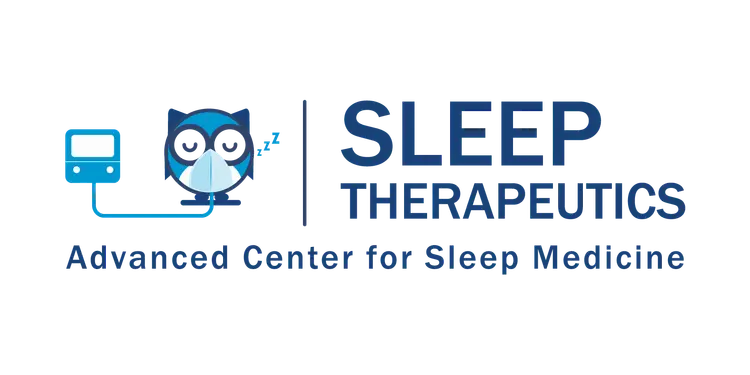
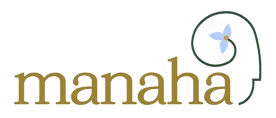



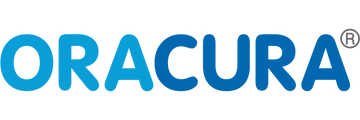





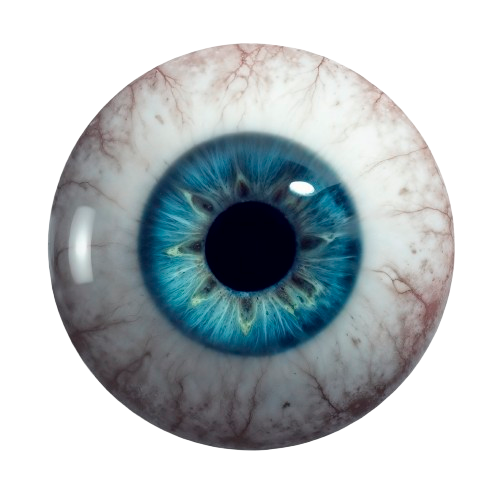

Trusted eye care partners across India offer expert-led services—from routine checkups to advanced surgeries—delivering accessible, affordable care for every age.

Experience compassionate, professional mental health care tailored to your unique needs. Their dedicated team of licensed therapists and counselors are here to support your journey toward wellness and emotional balance.





Struggling to sleep well? Dr. Harshini’s Sleep Therapeutics offers expert diagnosis and personalized solutions to help you sleep deeper and healthier—naturally.

Experience premium oral wellness through our partner network of over 700+ partner clinics across 55 cities—offering expert-led care for prevention, advanced treatments and total dental wellness.



Join over 1 crore people in building lasting habits through guided daily yoga sessions. Simple, consistent and powerful—Habuild makes wellness part of your everyday life.


Celebrity nutritionist Pooja Makhija brings you Nourish Genie—an intelligent wellness platform offering personalized meal plans, smart tracking, and expert guidance for lasting nutritional transformation.




Experience Tattva Spa’s professional care through soothing massages and wellness therapies—designed to melt stress and restore balance in tranquil and luxurious settings.



Discover our premium collection of dental care products designed to give you the perfect smile. From advanced electric toothbrushes to professional-grade whitening solutions.
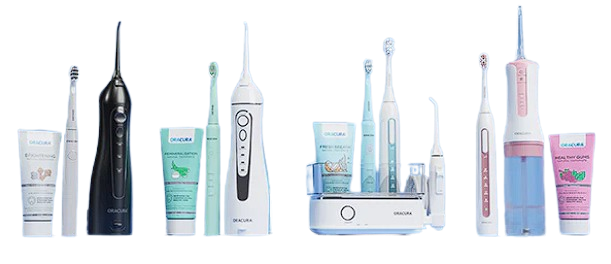

Craving crunch without the guilt? Evolve offers 65+ clean, preservative-free snacks—vacuum-fried, sugar-free, and packed with flavour to keep you energized all day.
100% Natural
Premium Quality
Fresh Daily

Join thousands of satisfied customers who transformed their Wellness Journey
"OroGlee Care+ has been a game-changer for my family's wellness routine. Having access to all these premium services with one card is incredibly convenient and cost-effective."
"The nutrition consultations and spa services have completely transformed my lifestyle. The quality of service is exceptional."
"As a senior citizen, having access to quality dental and eye care through one membership has made healthcare so much more manageable for me."
Experience the convenience of unified wellness with unmatched benefits and savings
Get immediate access to all premium wellness services with one card.
Certified partners ensure the highest quality for every service.
Special discounts, priority access & member-only offers.
Bookings through the website anytime
Get unmatched value for every service.

Every family member has unique wellness needs. The card can be used for self, spouse, 2 children, parents and parents-in-law